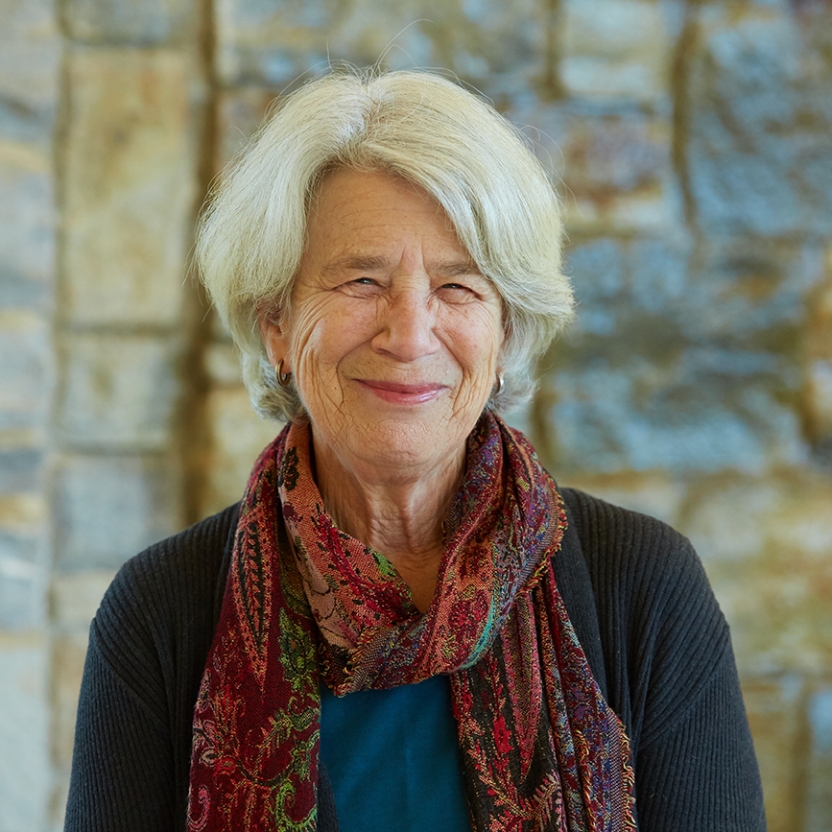Donor Sibling Networks Emerge as a New Kind of Family

Peggy Nelson, Middlebury A. Barton Hepburn Professor of Sociology Emerita, and Rosanna Hertz of Wellesley College are the coauthors of Random Families, a new book about the networks of half siblings and parents that have formed since families started becoming more open about the once-private topic of sperm donation. Here Nelson discusses her book in a Q&A.
How did you and your coauthor decide to make these new families—children of the same sperm donor and their families—the topic of your new book?
My coauthor had already written about women who became single mothers by choice. And I was already writing about improvised families among people with no blood or legal connections. This new topic seemed like an obvious fit and one to which we could each bring our own expertise.
Once it was a family secret and now it’s becoming common for people conceived through sperm donation to learn about half siblings in another part of the country or the world. What is behind the change in attitude toward sperm donation in our society? Is social media a large part of it?
There are three separate issues here. One has to do with revealing what was formerly “secret.” A second has to do with sharing openness. And the third is about creating connections.
I think that in general, as a society, we have come to value greater openness about all sorts of personal issues, including adoption. I am not sure I know the cause. What social media does is twofold: it allows for openness with a greater number of people; it also facilitates connection. The donor-sibling networks my coauthor and I write about would not be possible without the Internet. However, the Internet itself does not create the interest in making these contacts.
What are some of the things that children find they have in common most often with their sperm donor siblings?
Anyone who has seen the movie Three Identical Strangers knows that genetic relatives will be thrilled by observing—and will initially focus on—commonalities in looks, gestures, interests, and abilities. At the moment of connection, donor siblings celebrate these kinds of similarities. Over time they come to understand—and appreciate—differences.
Do you think donor children should meet their biological parent once they turn 18, or should it be from birth?
I don’t want to suggest a “should.” Each parent has to decide how, when, and whether to introduce their child to a genetic parent. I can understand why parents might choose to wait until a child is 18. I can also see why parents might choose for their children to have that contact from birth as is the case today for open adoptions.
Do donor sibling families think of themselves as real families?
Some do and some don’t. My coauthor and I found great variability among the networks of donor-sibling families we studied. Some were close-knit groups in which the children thought of themselves as siblings and the parents had strong connections to each other. Others were much looser arrangements in which the children remained uninterested in having extensive contact with one another and the parents were barely involved. And, in some, tight groups formed among some sets of families or individuals and not among others.
What surprised you the most as you did your research for your book?
The changing nature of networks over time came as a surprise. The earliest network, whose donor-conceived “children” are now in their 30s, has a very different configuration than the network with the youngest children, who are still toddlers. This finding is a good reminder of the significance of studying social arrangements in their historical context.
Is there anything you’d like to add?
I could not have done this research without the wonderful support of Middlebury College, especially from Franci Farnsworth, associate director of grants and sponsored programs, and Jim Ralph, dean of faculty development and research and professor of history; the National Science Foundation; and my amazing student research assistants, including Chelsea Jerome ’17, Haley Tetreault ’17, Emily French ’19, and Sarah Koch ’18.
Photo by Todd Balfour

